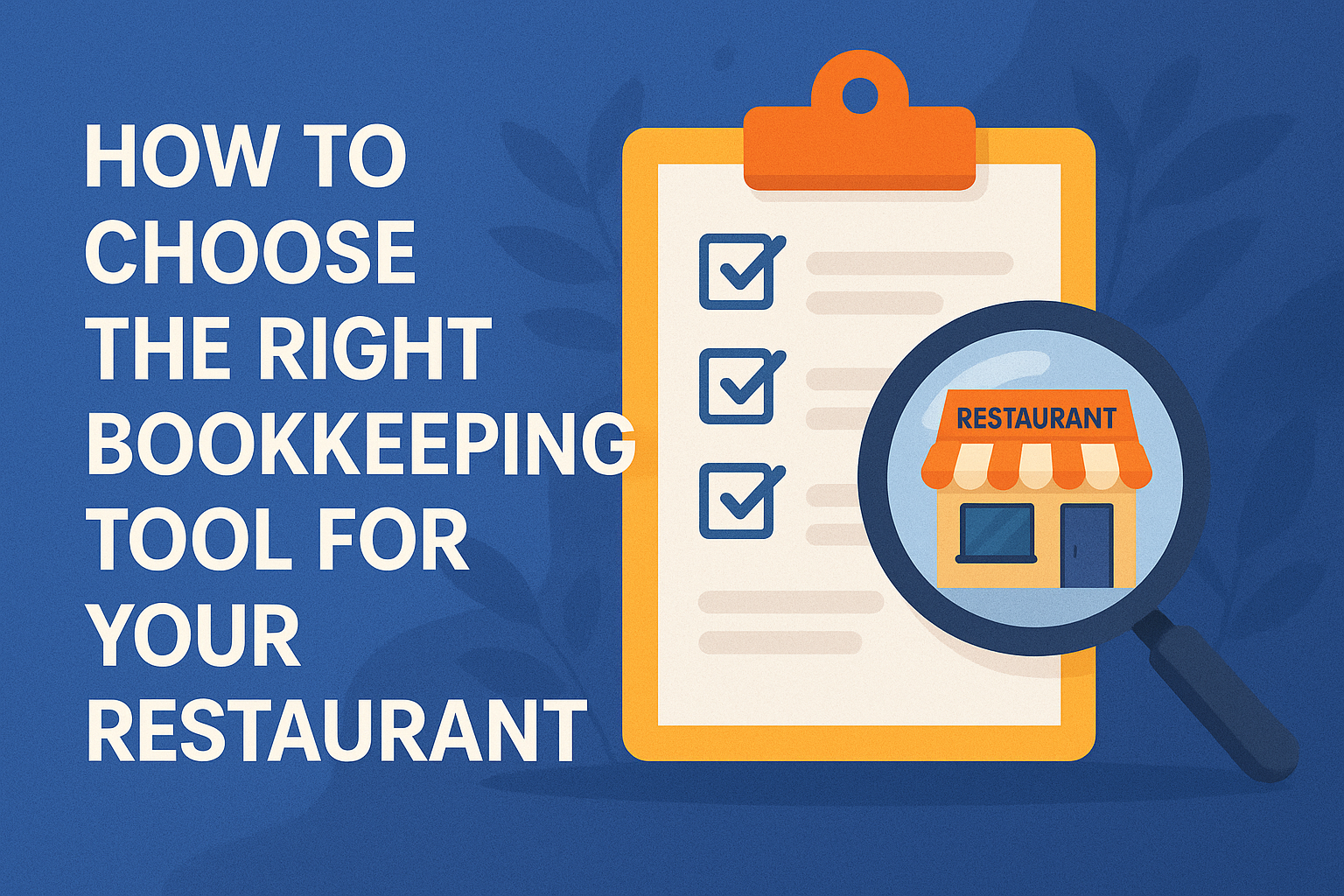
Running a restaurant isn’t just about serving great food — it’s about making smart business decisions every single day. From tracking inventory and managing suppliers to monitoring cash flow, restaurant owners often face a mountain of financial paperwork. That’s where the right bookkeeping tool can make a world of difference.
Choosing the right software isn’t about picking the one with the most bells and whistles. It’s about finding a system that truly fits how your restaurant operates — and frees you from hours of manual work.
Before looking at features, start with your real-world workflow. How many invoices do you process each week? Do you have multiple outlets or just one? Do your suppliers issue handwritten receipts, or are they fully digital?
A good bookkeeping solution should fit your process, not force you to change everything around it. If your team isn’t trained in accounting, the tool should be simple enough for anyone on staff to use without needing a finance degree.
Manual bookkeeping means errors, delays, and burnout. Modern tools use AI and OCR (Optical Character Recognition) to automatically capture and categorize data from invoices, receipts, and bills.
This means your team doesn’t need to enter amounts, tax rates, or supplier names line by line. It also keeps everything organized and searchable — especially important when tax season rolls around.
Restaurant owners need to know how the business is performing every day, not weeks later. Your bookkeeping system should offer real-time reporting and dashboards so you can see profit margins, expenses, and cash flow at a glance.
When sales dip or costs spike, you’ll spot it early — and make faster decisions.
If you operate more than one outlet, or if your business spans different regions, you’ll need a tool that supports multi-location accounting. This ensures that everything rolls up into one clear view, without messy spreadsheets.
For businesses in markets like Southeast Asia, where cross-border suppliers are common, multi-currency support is a must-have.
The restaurant industry operates under tight regulatory frameworks. A good bookkeeping system should help with tax calculation, GST/VAT filing, and compliance, so you don’t waste time chasing deadlines or fixing reporting errors.
Automated tax features can save you not just hours but potential fines.
Your restaurant might be small today, but your software shouldn’t limit your growth tomorrow. Look for solutions that offer scalable user roles, allow multiple team members to collaborate, and integrate smoothly with POS, payroll, and inventory systems.
While there are many bookkeeping tools on the market — from QuickBooks to Xero and FreshBooks — more and more F&B operators are choosing ccMonet for one simple reason: it’s built to make accounting effortless.
With ccMonet:
Choosing the right bookkeeping tool isn’t just a financial decision — it’s a strategic move that shapes how efficiently your restaurant runs. A tool that automates routine work, gives you real-time visibility, and scales with your growth can save you countless hours and costly mistakes.
👉 If you’re ready to simplify your restaurant’s finances, book a demo with ccMonet today and see how AI-driven bookkeeping can help your business run smoother — and smarter.